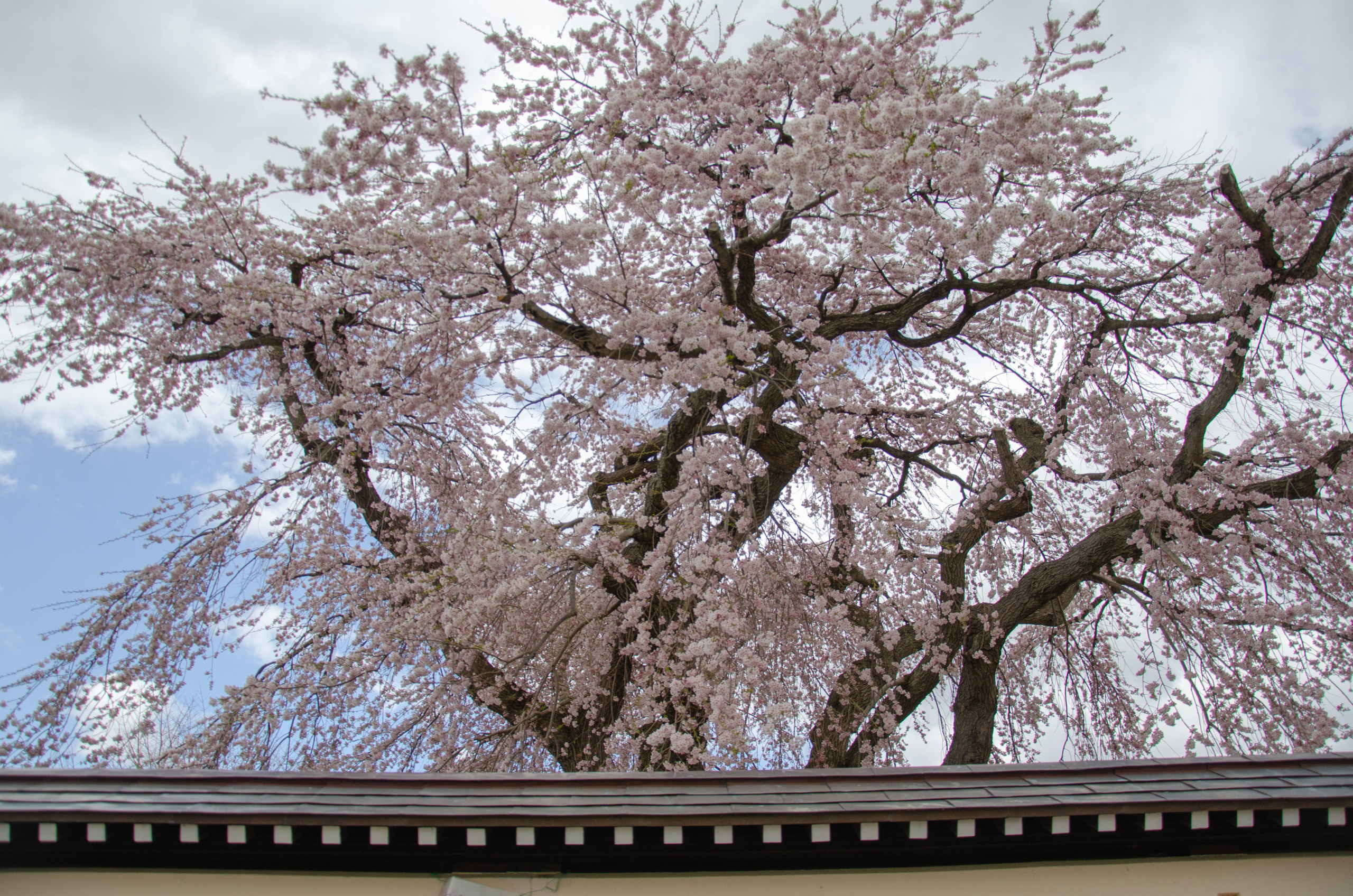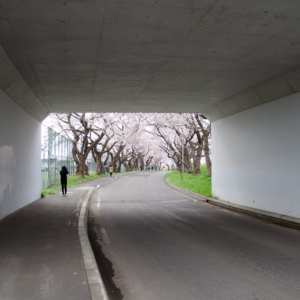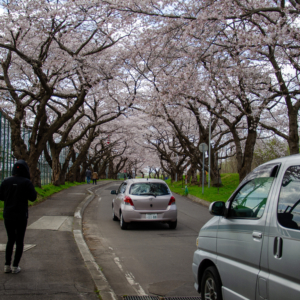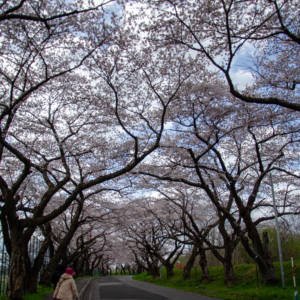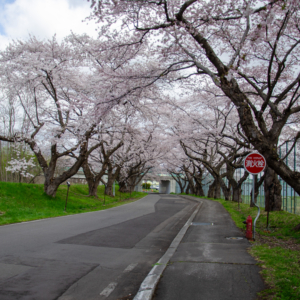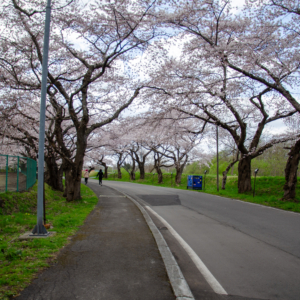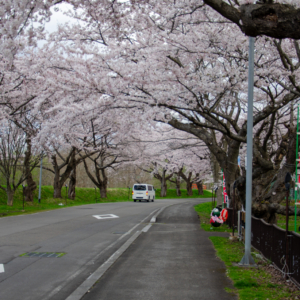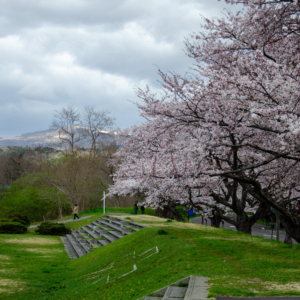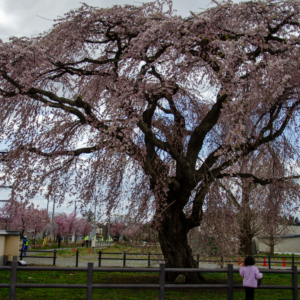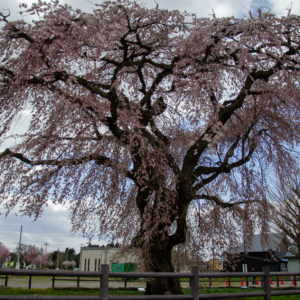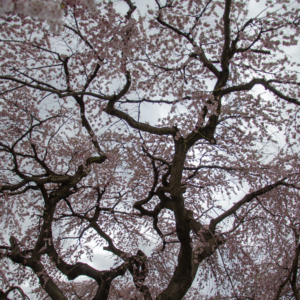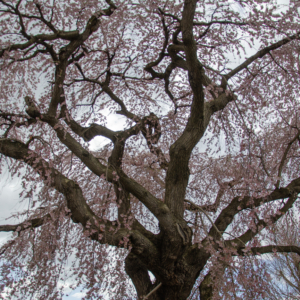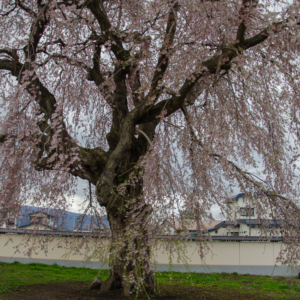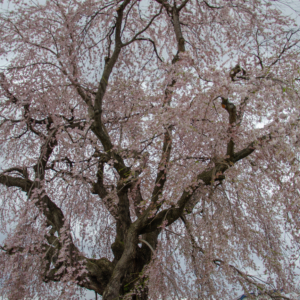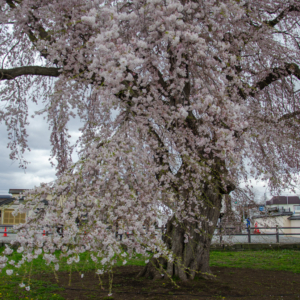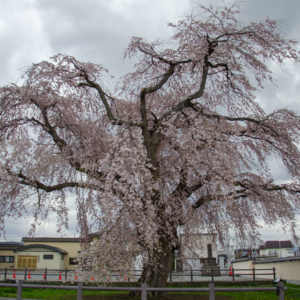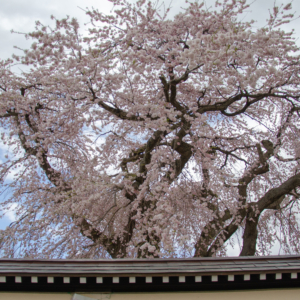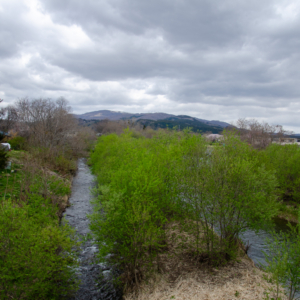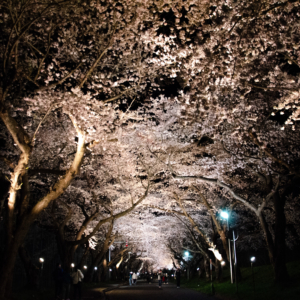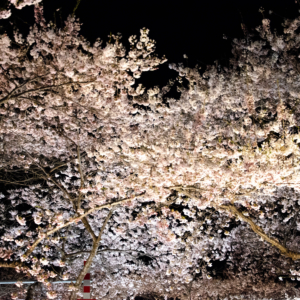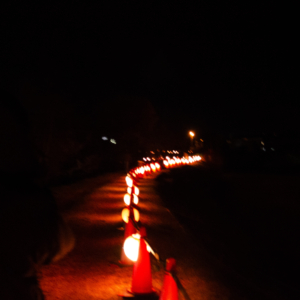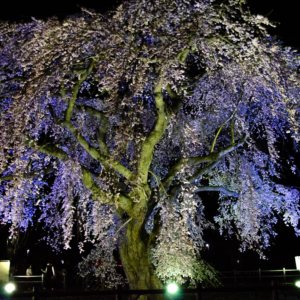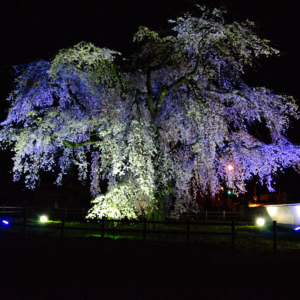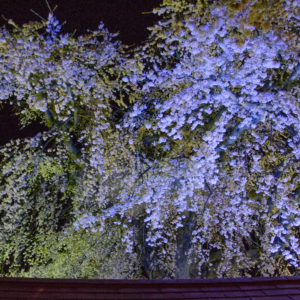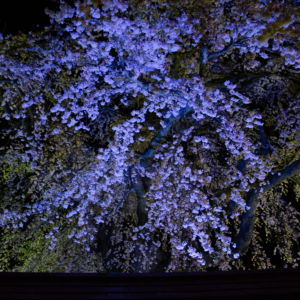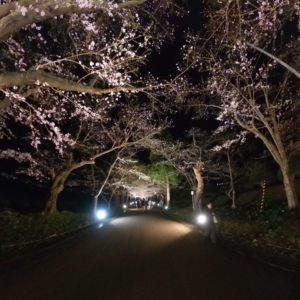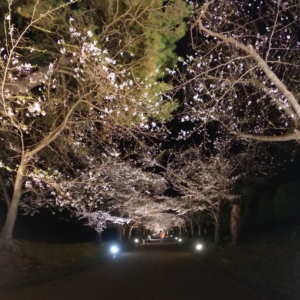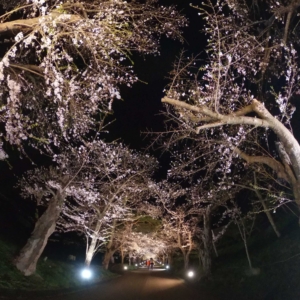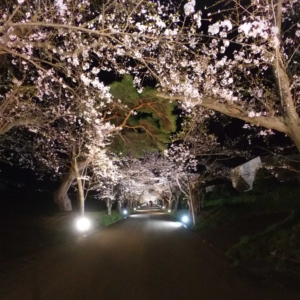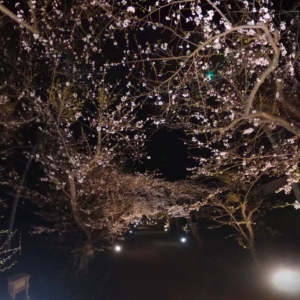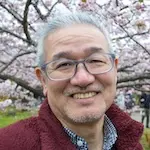If you’re in Hakodate, why not take a trip to the neighboring city of Hokuto to see some cherry blossom hotspots?
In Hokuto, there’s the Hokuto Sakura Corridor and the weeping cherry tree at Hokiji Temple, said to be 300 years old. Furthermore, if you’re willing to venture a bit further, head to the site of the Matsumae Clan’s hekiri-jin’ya, where you can see a cherry blossom tunnel.
All three locations are illuminated at night, offering a different ambiance to enjoy the cherry blossoms.
Please follow the guidance of the security personnel when parking. Near the Sakura Corridor, there’s a relatively large parking lot where you can park and walk to see both the Sakura Corridor and the weeping cherry tree at Hokiji Temple. You can see both in 30 minutes to just under an hour.
here is the map for the sakura corridor.
About Hokiji temple and the weeping cherry
Hokiji Temple, also known as Hokian, began in the second year of Kaei (1849) at the earnest request of devout believer Nakamura Kinbei, under the permission of the 15th head priest of Jitsugyouji Temple in Hakodate, Kaneko Nichinō, in Higashishitamachi, Ono Village, as Hokiji Temple.
This weeping cherry tree is the largest and oldest in Hokkaido, attracting tourists from all over the country as a highly rare cherry blossom.
The Shidarezakura (weeping cherry) is a deciduous tree that is often appreciated as a garden tree or bonsai. The Miharu Takizakura in Fukushima Prefecture is renowned as a natural monument, and the cherry blossoms in Kyoto’s Gion are also Shidarezakura.
